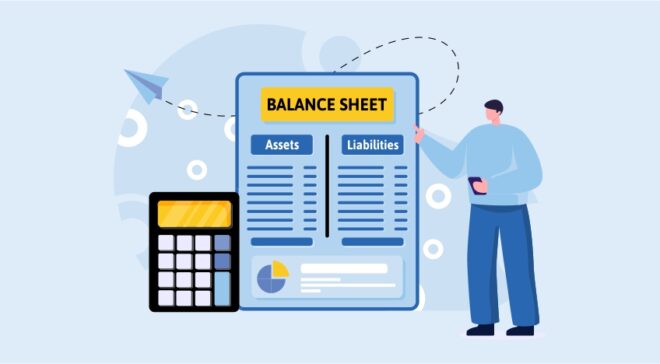![]()
Accurate Financial Representation

To ensure accurate financial representation in a balance sheet for engineers, several key steps can be taken:
1. Proper Expense Classification:
Engineers often incur various expenses related to their projects, such as materials, labor, and overhead costs.
Ensuring these expenses are accurately classified and allocated to the relevant projects or cost centers is crucial. Misclassification can distort the financial picture.
2. Accurate Project Costing:
Assigning direct and indirect costs to specific engineering projects is essential.
This prevents costs from being improperly attributed to unrelated projects, leading to a misleading balance sheet.
Adequate tracking of project-related expenditures ensures accurate project cost reporting.
3. Depreciation and Amortization:
Engineers frequently use equipment and technology in their work.
Properly calculating and recording depreciation or amortization of these assets over their useful lives is vital.
Inaccurate calculations can affect the balance sheet’s asset values and equity.
4. Recognition of Revenue and Liabilities:
If engineers work on long-term projects, revenue recognition should align with the progress of the project.
Similarly, we should accurately estimate and record any associated liabilities, such as warranties or guarantees.
5. Contingent Liabilities:
Engineers might face potential legal claims or warranties that could result in future financial obligations.
Proper assessment and disclosure of these contingent liabilities are crucial for an accurate balance sheet.
6. Accruals and Prepayments:
Ensure that expenses and revenues are appropriately accrued or deferred at the end of the reporting period.
This prevents mismatched timing of financial events, providing a more accurate representation of the company’s financial position.
7. Consistency in Accounting Policies:
Consistency in applying accounting policies across different periods is essential for accurate financial representation.
Changes in policies should be disclosed appropriately.
8. Documentation and Audit Trails:
Maintain detailed documentation and audit trails for financial transactions and adjustments.
This transparency helps verify the accuracy of reported figures and supports the integrity of the balance sheet.
9. Reconciliation and Review:
Regularly reconcile internal records with financial statements to identify any discrepancies.
A thorough review by experienced financial professionals can catch errors before they impact the balance sheet.
10. Engagement with Financial Experts:
Engaging with accountants or financial consultants who specialize in engineering projects can provide valuable insights and ensure compliance with relevant accounting standards.
In conclusion, ensuring an accurate financial representation in the balance sheet for engineers requires meticulous attention to expense classification, project costing, revenue recognition, liability assessment, and adherence to accounting principles.
Regular reviews, documentation, and collaboration with financial experts contribute to a reliable balance sheet that reflects the company’s true financial position.
To visit: https://www.mca.gov.in/

For further details access our website: https://vibrantfinserv.com